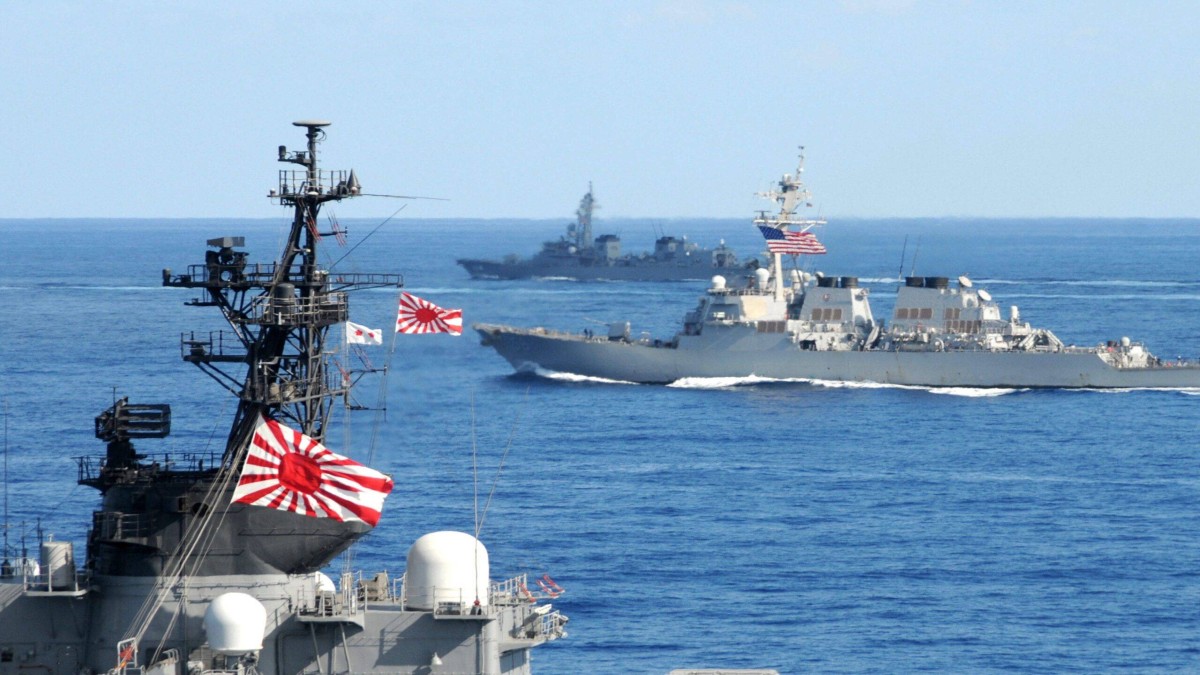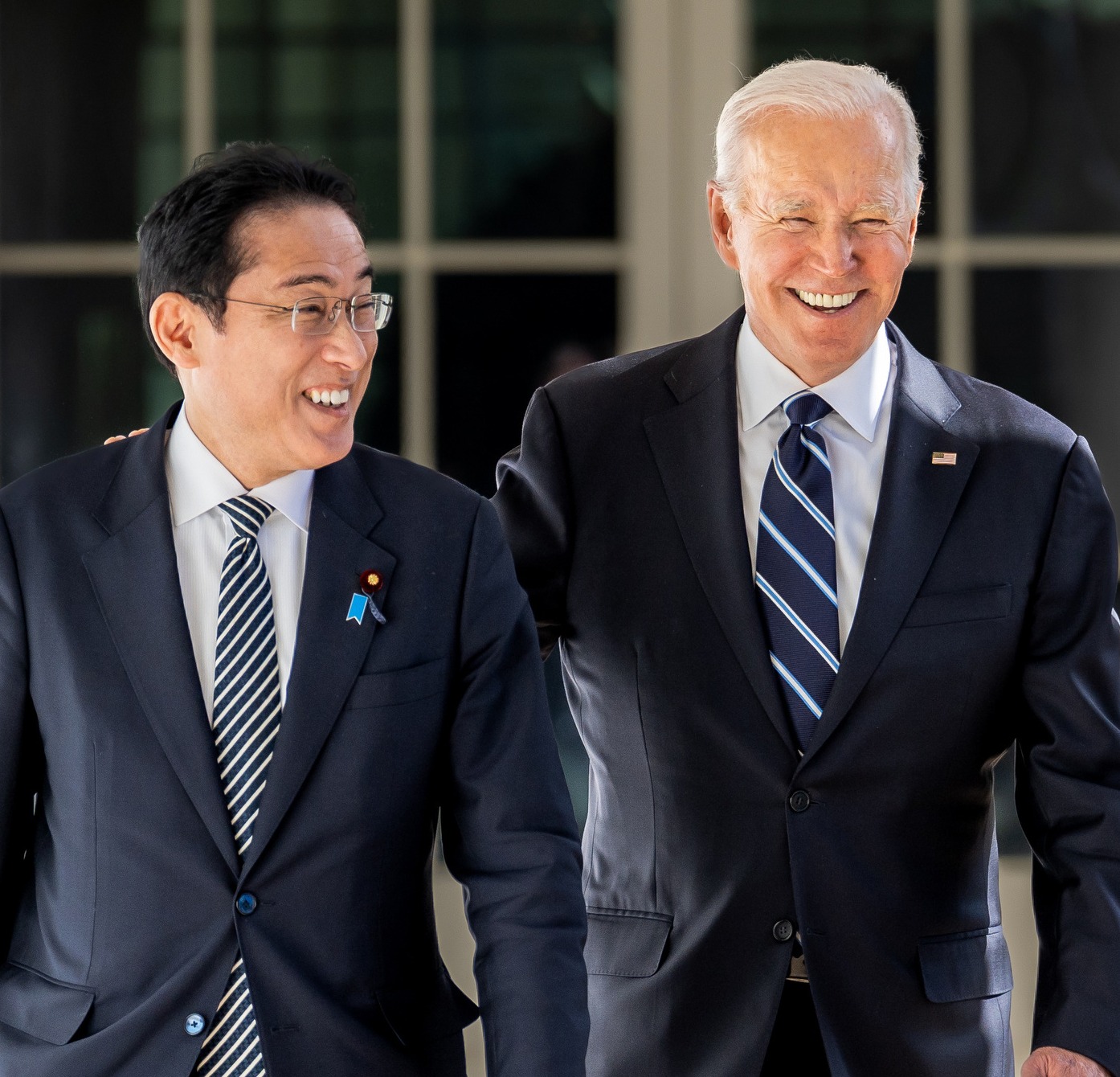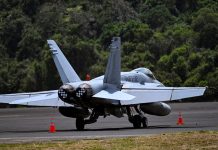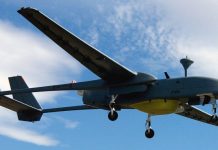In pursuit of its rising defense perceptions, Japan has planned its largest budget provision of about $58 billion in FY 2025. Through this, Tokyo intends to implement the plans enunciated earlier this year in the Japan Defense White Paper and its Defence Buildup program. This is to better prepare Japan to protect itself and the countries around it in the Indo-Pacific.
With this projected rise, which requires budgetary approval from the cabinet, Japan shows intent to move towards spending 2% of GDP, possibly by 2027. At present, it’s at about 1.4%.
Since Japan’s GDP growth rate is about 1%, it will still need a huge increase in budgetary allocations over the next three years to meet the target the US set for its NATO and Asian allies.
It is also evident that though PM Abe set Japan on this path of rising defense expenditures, his successors Suga and Kishida have pursued the same policy. They have also successfully evaded the necessity of a constitutional amendment to change the defense posture.
Japan’s primary threats are clearly identified as emanating from China, North Korea, and Russia. Russian emphasis has increased since the Ukraine war and Japan’s increasing integration into US and NATO-led positions regarding Russia.
During his last visit to the US, outgoing Prime Minister Kishida told the US Congress that Japan would now not only be a regional partner but also wield global responsibilities as an ally of the US. This means that in Ukraine and Taiwan, Japan would be more willing to support US objectives.
Additional expenditures will shift the Japanese Self-Defense forces from a defensive strategy to a more active strategy, which would not hesitate to use aggressive actions to protect Japanese security concerns.
Several aspects of the additional budget would be spent on imports from the United States. These include 500 Tomahawk missiles, which would be submarine-based and expand Japan’s sea-based armaments.
With a greater emphasis on drone warfare, Japan is looking to have more MQ9 Reaper drones from the United States. The Aegis class destroyers, more advanced patrol airplanes, submarines, and a stronger Coast Guard, which can support the Maritime Self-Defense Force, are all on the anvil.
The Maritime Self-Defense Force’s largest ships, the helicopter carriers Izumo and Kaga, are now being converted to aircraft carriers. These carriers will carry American Lockheed Martin F-35 fighters and additional sub-anti-submarine helicopters.
Meanwhile, some of the budget will go to enhance the joint development with Italy and the UK for a next-generation fighter that will be particularly equipped to deal with drone attacks.
For some years now, Japan has been focusing on high technology and space and cyber systems to increase its defense preparedness. The defence white paper and the budget now look at
AI in defense, autonomous unmanned aerial weapon systems, including their sea-launched versions, and of particular interest is the pursuit of second-strike capabilities by deploying ICBMs with naval destroyers, added to provide support to their SLBMs.
A satellite communication system that would detect modern hypersonic missiles, which Japanese rivals in the region are testing, is likely to be developed. As part of the Japanese defense ministry’s five-year plan, the defense budget will be increased annually up to 2027.
Some of the budget is for the development of an integrated headquarters for the ground, maritime, and air Self-Defense Forces and the provision of them with a unified command structure.
This has also been necessitated by the US seeking a common command structure with Japan, which means that Japan had to integrate its own commands first.
In the past, Japan used to strengthen its Ground Self Defense Forces, believing that their main threat was a ground attack by the USSR on Hokkaido. Now, the focus has clearly shifted to maritime and air defense systems with second-strike capabilities so that Japan can be a more effective regional player.

In recent weeks, Japan has faced Chinese intrusions by boats and aircraft in different parts, testing their resolve and preparedness.
Seven additional submarines are to be added to the MSDF, and two 3300-ton attack submarines have been delivered.
Japanese Self-Defense Forces have closely studied the performance of Russia’s and Ukraine’s military, including NATO equipment, in the Ukraine crisis and are using this information to formulate their own defense procurements and strategy.
In a recent interview with the Asahi Shimbun, General Yoshihide Yoshida, Chief of Staff of the SDF Joint Staff Committee, emphasized that defending the Indo-Pacific is a Japanese objective now.
Japan must augment its capabilities so that other rivals do not underestimate it. A higher Japanese defense profile would allow it to play a bigger role in its alliance with the United States, thus increasing the US’s trust in Japan.
Its determination to play a bigger role specifically refers to China. He said China has been altering the situation in the East and South China Seas, and it is important that their attempts to make changes according to their liking are prevented.

For this, Japan must work with its allies and like-minded countries to establish a rule-based international order. China, Russia, and North Korea are clearly working together to disrupt such an order, which threatens Japan.
With these augmented budgets and capabilities, Japan hopes to have a more robust, practical alliance with the United States and play a bigger role in the Indo-Pacific, even when US attention is drawn to Ukraine and West Asia.
However, the SDF continues to draw inadequate recruits. It is understaffed by about 20,000 with its lowest recruitment taking place in 2023.
The SDF is now drawing more on civilians and reserves to perform noncombat technical functions. It also intends to increase the number of women employees, who currently make up less than 9% of SDF personnel.
- Gurjit Singh is a former Ambassador to Germany, Indonesia, Ethiopia, ASEAN, and the African Union Chair, CII Task Force on Trilateral Cooperation in Africa, Professor, IIT Indore.
- Follow EurAsian Times On Twitter (Now X)




